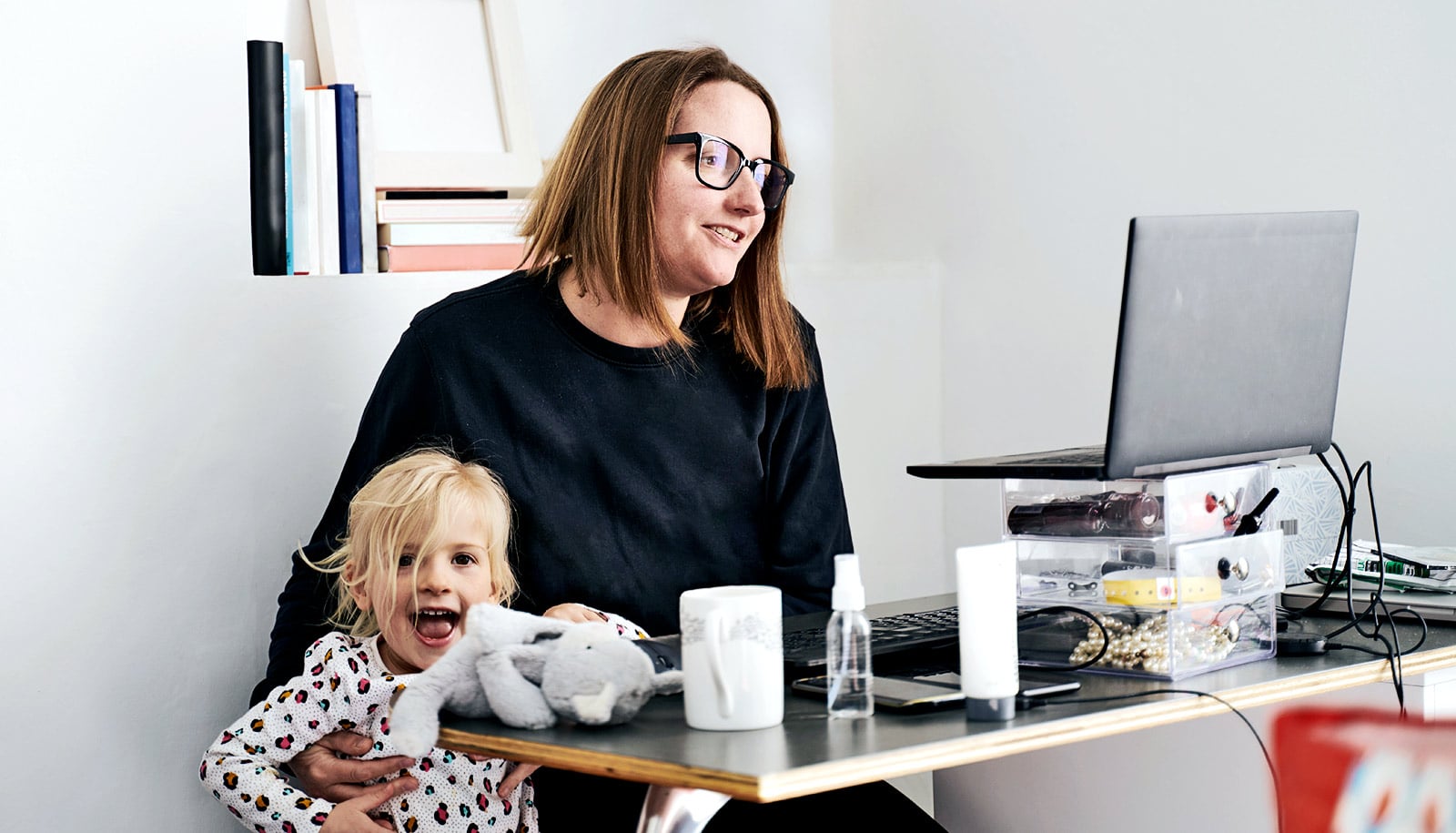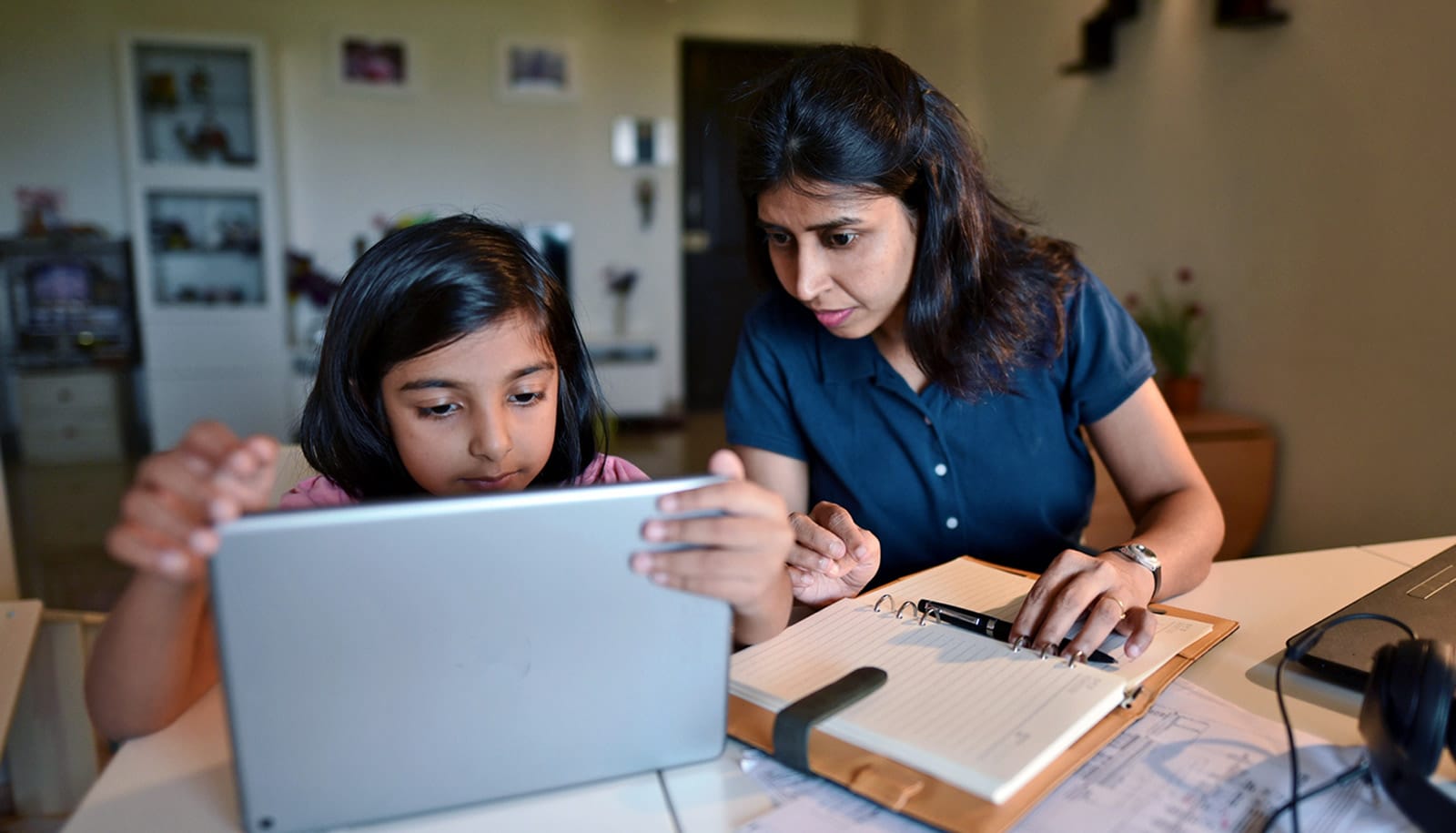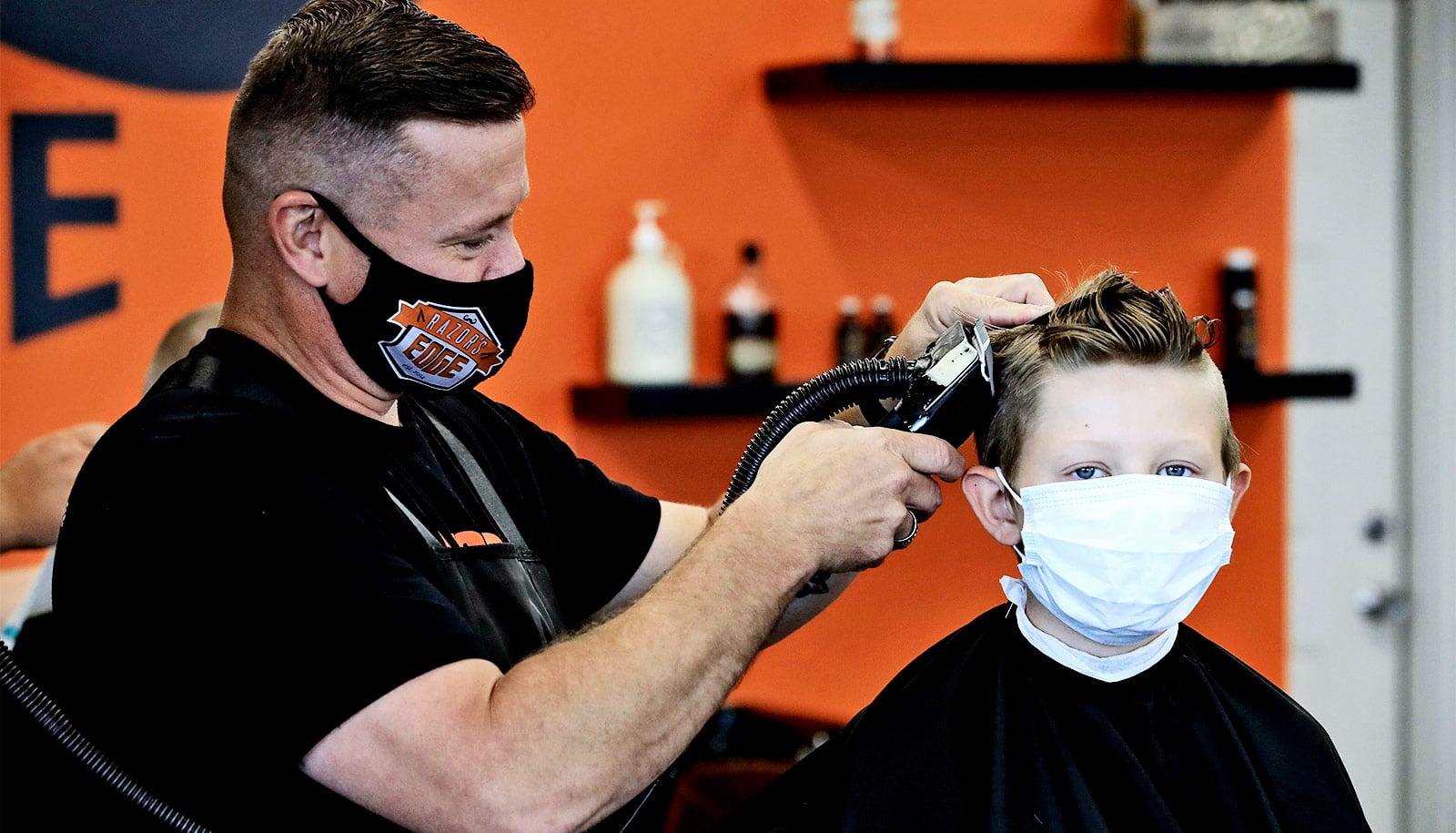While widespread adult COVID-19 vaccination by mid-2021 looks promising, what passes for normal in the workplace when the US economy reopens remains uncertain.
The post-pandemic reality is that it might never look the same again.
Here, experts from Michigan State University’s School of Human Resources and Labor Relations—assistant professors Amanda Chuan and Angela Hall, as well as associate director for undergraduate programs and associate professor Stacy Hickox—answer questions as to what a post-COVID-19 workplace may look like and what to expect when workplaces reopen:
Should office workers whose jobs went remote expect to return to their offices after vaccinations are dispersed?
Hall: The first consideration regarding when employees can reasonably expect to go back to work is a scientific one. Not all employees will be willing to receive the vaccine, even though some employers may attempt to compel employees to take them. Also, two current vaccines approved in the US require two doses and protection against COVID-19 is not immediate. Furthermore, no vaccine has been found to be 100% effective. Thus, even if every employee were to be vaccinated, there is no guarantee that they will all have immunity from the vaccine, particularly in light of the fact the coronavirus mutates.
What does it all mean? This means that the previous way of housing employees, doing work, and interacting with customers may not return to how organizations conducted business pre-COVID-19—if ever at all.
Even if contagion from COVID-19 weren’t a concern, many employees have gotten accustomed to working from home. While working from home has its downsides, such as challenges surrounding separating work from home, working from home offers many conveniences, including eliminating the daily commute to and from work, not having to buy or dry clean work clothes, and the ability to engage in family and personal demands like helping a child with schoolwork. Many employees may be reluctant to readily give up those cost savings and conveniences, and may feel as though it is a violation of the psychological contract (that is, the unspoken agreement between an employer and employee regarding how the employee will be treated) and resent or protest having to return to work on a full-time basis.
For those who will stay remote for the foreseeable future, I previously shared some “tips” on how to work from home while trying to set boundaries all while staying productive.
Do you think that working remotely is the new future of office work? How commonplace do you think this practice will become?
Chuan: I think many types of work will be more remote than before, especially cognitive work. The technology industry had many remote workers before the pandemic, and in the aftermath of the pandemic it wouldn’t be surprising if a far greater share of its workers became remote.
However, this pandemic has also revealed that a lot of coordination with coworkers cannot be done as well remotely as in person. Tools like Microsoft Team are great, but not entirely a substitute for in-person interaction. These days, work is increasingly performed in teams, making real-time interaction all the more important. Facebook, for example, just leased an enormous office space in Manhattan. It seems to be banking on the idea that a lot of creativity and problem-solving happen when people work in person, even though its employees are performing work that is technically considered “remoteable.”
Hickox: Surveys of employers during the past year show that as many as 50% or more of them will be allowing employees to work remotely, even if they never did so before. Some companies have even given up their physical office space and all employees will be remote going forward. Of course, there are still jobs where physical presence in an office or other service delivery location will be necessary to perform the work.
For essential workers who are still going into their workplace, what environmental changes do you expect to revert back to pre-COVID-19 conditions, and what do you expect to become the “new normal?”
Chuan: While I can only speculate, social distancing signage, more powerful ventilation, and plexiglass cough shields seem to be genuinely helpful in reducing the spread. In the aftermath of COVID-19, these employers will likely maintain plexiglass and other protections to signal compliance with the government and to provide reassurance to people who are still concerned about the virus. Given that these organizations already undertook high costs to implement these measures, it seems cheaper to keep them there than to undergo the costs of removing them.
Hall: COVID-19 does not seem like it will go away any time soon. Infectious disease experts have discussed the possibility of “seasonal coronavirus,” given the tendency for this virus to mutate, like the seasonal flu. Being a responsible employer will mean creating long-lasting mechanisms for protecting employees, customers, and clients.
Hickox: Centers for Disease Control guidelines suggest continuation of such safety practices. To avoid liability for OSHA (the Occupational Safety and Health Administration) violations or worker’s compensation, employers have incentives to follow those guidelines. It’s hard to predict when those guidelines will be relaxed because it depends on when vaccination is available to all and who decides to take advantage of it.
What are some other long-standing impacts of the COVID-19 pandemic on the American workforce? What changes can we expect moving forward?
Chuan: After economic recessions, jobs tend to recover very slowly compared to most other economic indicators. For example, after the Great Recession of 2008-2009, the unemployment rate didn’t recover back to pre-recession levels until 2015, six years after the recession was declared over. Economists expect that the pandemic’s damaging effects on the job market will persist for a long time. This is for many different reasons.
Research has shown that during recessions, firms tend to adopt more technology, which changes the types of skills they seek in workers; so, some employees may experience lower chances of finding a job. For example, employers may choose to invest in technologies that allow teams to communicate virtually, like a Zoom subscription, meaning that there may be less need for an office administrator who was responsible for coordinating meetings. A second reason is that some people who have lost their jobs during this pandemic may choose to permanently change occupations or industries, which would cause a delay before they return to work. All of this will culminate in a gradual change in labor force participation rate, and there will be many years before we can return to pre-pandemic levels of work.
In terms of persistent effects, the most salient damage we’ll see is in youth education. A recent study estimates that so far, American children lost 116 days of reading and 215 days of math curriculum due to COVID-19. When people’s foundational skills lag, it compromises their ability to learn further skills. Even if you could attend school online, online instruction is not a substitute for in-person instruction—not even close. So, the skills of the future labor force are in jeopardy. This will in turn affect the employment rates, occupations, and earnings of the future generation for many years to come.
Source: Michigan State University



